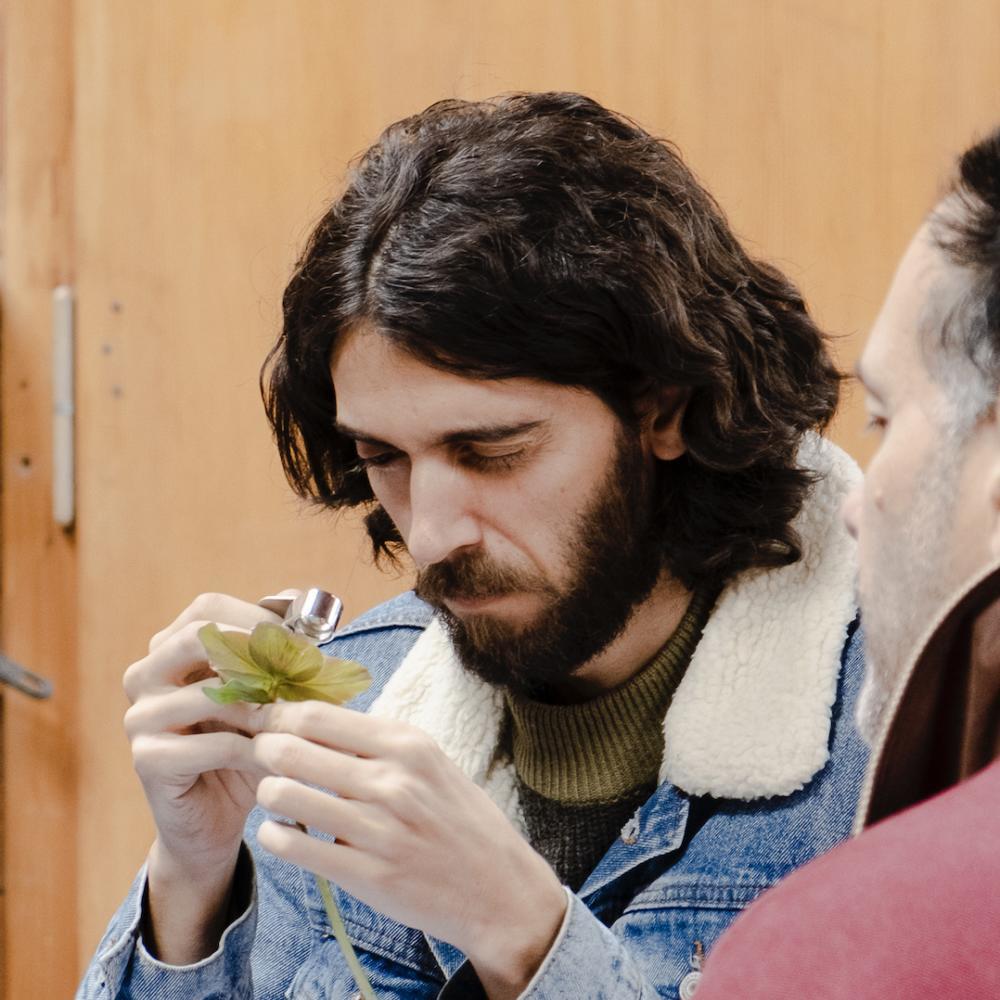The Art of Everyday Experience
The reading of that which is apparent, through ethical and aesthetic capacity. By Arnau Ricart
To ask questions is to know. They define us in our concerns, move us to seek answers, and are doors to the unknown, doors to knowledge. My question originated at first during a walk in the surroundings of the Goetheanum. There I learned that looking is also knowing, knowing through perceiving the intention of the landscape, because what is inanimate at first becomes alive when we understand the reason for its way of being, and its qualities. Thus, the path leading to the entrance of the Goetheanum building through the surrounding gardens is discreet and not obvious, winding and not direct, patient and cambered and not rectilinear, not just because, but because this is its reason for being that resides in its intention.
A few weeks later, this experience took the form of a question; What relationship is established between observing and understanding, between form and the reason for being, between appearance and intention, and between the exterior and the interior? How can one live the daily experience from a whole perspective? A perspective in which the external is the reflection of the internal, and the inner is the reflection of the external. And thus, apparent form becomes intention, and intention becomes perceived form. Perhaps these mirrors —namely thinking and observation — reflect different qualities of the same thing, as occurs in the negative and the positive image of the same photograph. Thus, only the form is appearance when its intention is not understood. In this sense, art expresses its purpose through form, without needing any addition.
Thus, the next question arises: How can the individual be understood from an artistic perspective? It is in this sense, in perceiving the other individual, that one could say that even more important than seeing beauty where it exists, is to see it where it is apparently not present to exercise the human capacity to see the development of what is potential, and thus through intuiting and imagining the development of the other, tend the link that is built from the aesthetic to the ethical.
In this way, it could be said that the aesthetic of an element expresses a purpose that manifests itself in form, tone, and words and in the quality of this purpose, ethics —understood in the sense of the science or art of the intention— are also expressed.
Thus, in the construction of these questions that have a place in the study of that which is human, ethics is taking a beautiful form.
Arnau Ricart, Vic, Spain - Alumni Anthroposophy Studies on Campus, 2023

